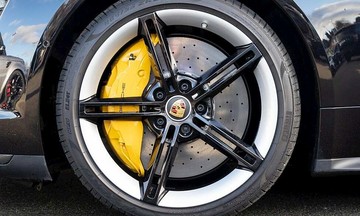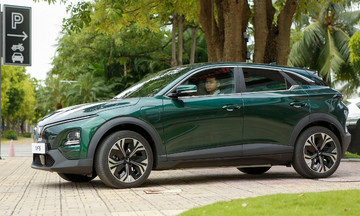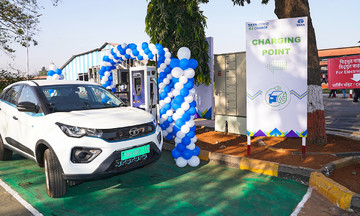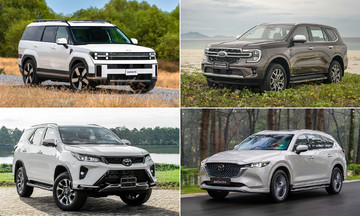China recently announced new national standards for passenger vehicle braking systems, impacting the one-pedal driving mode employed by some electric vehicle manufacturers.
The new standards will be implemented in stages, taking effect for most new vehicle approvals from 1/1/2026, with specific regulations regarding one-pedal driving coming into force from 1/1/2027.
Among the key features of the new standard is the mandatory installation of ABS. All newly approved passenger vehicles will be required to have anti-lock braking systems (ABS). This active safety technology prevents wheel lockup during hard braking, maintaining stability and vehicle control, and significantly reducing the risk of skidding and spinning.
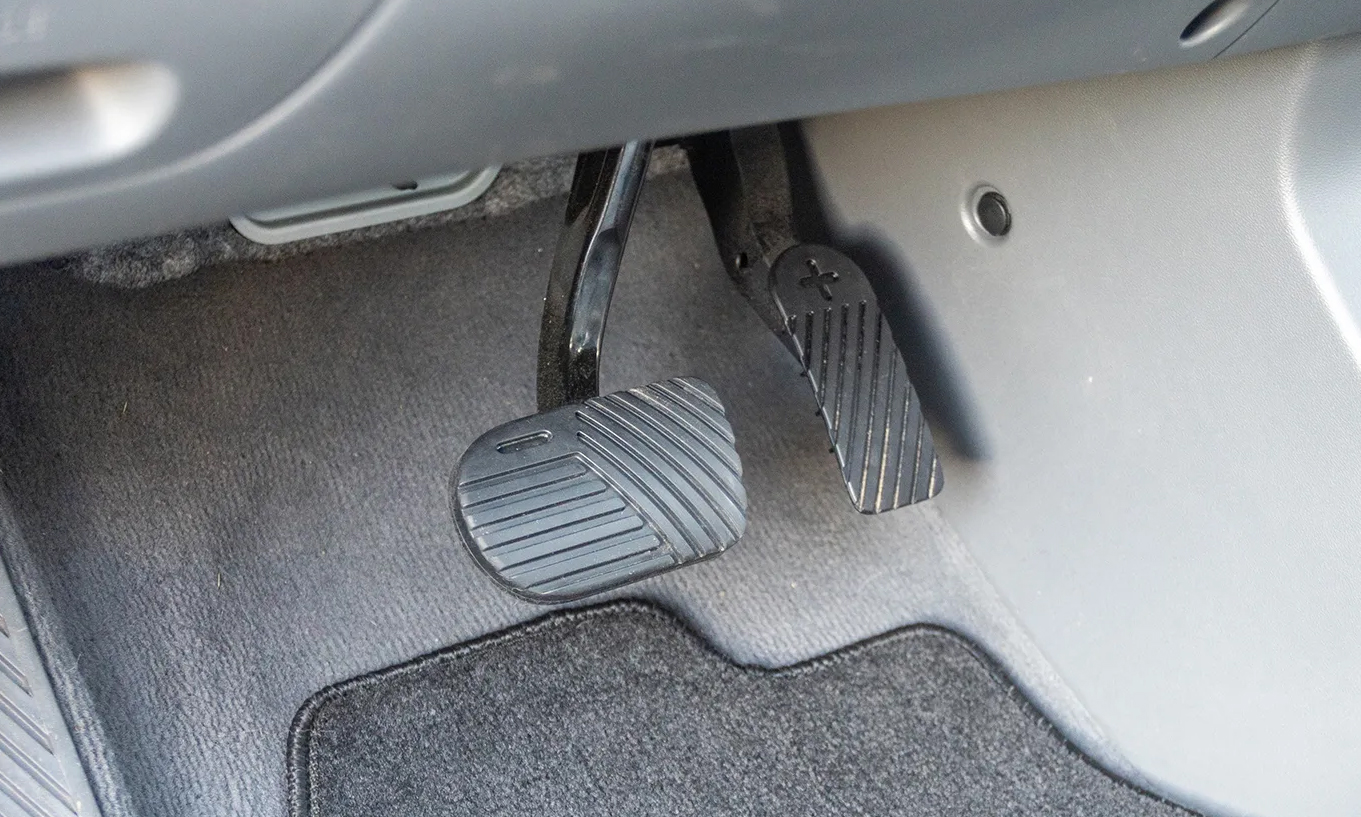 |
Brake and accelerator pedals in an electric vehicle. Photo: Drive |
Brake and accelerator pedals in an electric vehicle. Photo: Drive
The regulations also restrict one-pedal driving, specifically addressing the regenerative braking systems common in new energy vehicles. The regulations prohibit vehicles from being set to a default mode where simply releasing the accelerator pedal causes immediate deceleration and stopping. This aims to mitigate the risk of drivers reacting slowly to the brake pedal in emergencies.
Another highlight is the activation of brake lights during regenerative braking. The standard mandates that brake lights must illuminate when deceleration due to regenerative braking exceeds 1.3 m/s2. This signal must be maintained throughout the deceleration process, alerting following vehicles and other road users to reduce the risk of rear-end collisions.
One-pedal driving, once lauded by Elon Musk as "the optimal driving mode of the future," simplifies driving by allowing the driver to control both acceleration and deceleration with a single pedal. Pressing the pedal accelerates the car, while releasing it slows or even stops it. This mechanism works because electric vehicles activate regenerative braking as soon as the driver releases the accelerator, allowing for rapid deceleration. Most electric vehicles offer selectable levels of regeneration: the higher the level, the faster the deceleration, while the lowest level prioritizes coasting like a gasoline-powered car.
Besides Tesla, other manufacturers, such as Mercedes (EQ series), BMW (i3), Nio (ES6), and some Xpeng models, offer one-pedal driving as an option for customers.
However, safety concerns have arisen. Prolonged use of one-pedal driving could lead to delayed driver reactions and potential pedal misapplication in emergencies. In situations requiring sudden braking, drivers accustomed to one-pedal operation may not react quickly enough to switch to the brake pedal, increasing the risk of accidents. Tesla itself acknowledged these concerns by removing the mandatory one-pedal mode in the OTA update 2023.2.13.1, allowing users to choose.
My Anh (according to CarNewsChina)








